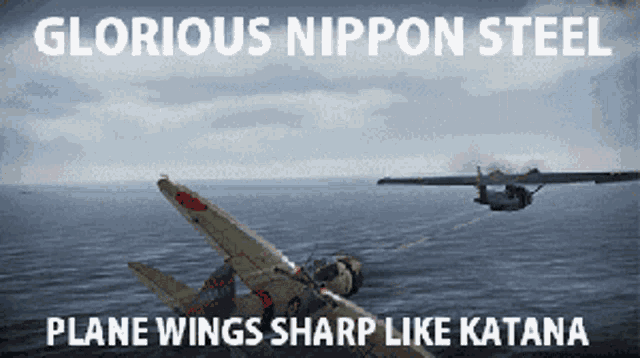He hadn’t lost his elevators, unless the cables had been taken out by the fire or a stray bullet.
On the AM-42: Tbh I have no clue why this was counted as a kill, at most it looks like a fuel tank was set on fire (with no explosion). The right flap was mildly damage, maybe the elevator too, but essentially the whole airframe is intact.
On the Spitfire: Engine damage, also fuel fire going off of the visual effects.
On the IL-10: The first hits were on the left and right flaps but they did little damage and the fire went out within a second or so, but the plane was destroyed when the tail was snapped off from what appears to be an initial fire just in front of the empennage combined with another hit in the same area which causes an even bigger fire. I’m not sure what could be hit there to cause such a big fire, is there ammo or something back there? Still, it likely only happened due to the initial fire damage combined with the near-perpendicular shot (meaning the kinetic energy of the bullets do more damage).
On the Do-335: Tbh there wasn’t much to go off of besides maybe the fuel lines to the back engine getting severed, or the back engine getting hit? The aircraft took basically no structural damage, though. It also seems like it was able to fly for around 30 seconds after getting “severely” damaged.
On the Fw-190 D: Basically hit right in between the engine and cockpit, probably destroying the controls and even starting a fuel fire. He was still able to fly, though, until the fire damaged the right wing.
On the F4U-4: The left wing came off, but that required the left landing gear (and the parts of the wing near the fuselage) to already be damaged by fire from the earlier pass (which also required absolutely spraying the wing to damage enough to fall off).
On the P-51C-20-NA and Yak-9K: Firstly, you “severely” damaged the Yak-9K with him just being able to fly completely fine. Secondly, the P-51D was set on fire, was severely damaged by the fire, and shot down by the fire. Thirdly, the second pass on the “severely” damaged Yak-9K did nothing besides damage the right flap (of which is was fully intact), and the third pass on the “severely” damaged Yak-9K finally took it out, but only by cutting off the very tip of the left wing (which was likely already damaged by fire going off of the fires seen in the first and second pass).
I mean all these really show is that if you hit an engine you don’t have to rely on fires, but that’s the same with all higher-bore guns or 12.7mms with HE shells. These just prove that .50 cals at best can kill with direct hits to very specific modules (engine or pilot snipe), but most of the time they need to rely on fires to either weaken an airframe over time or just rely on the fire to kill outright.
Meanwhile cannons and 12.7mms with HE shells can just hit anywhere and do a million times more damage.
A video of a Bf-109 getting its wing cut off after getting set one fire once, then getting set on fire again and the wing fuel tank exploding.


